Chinese Courses for Adults
Chinese Courses for Adults
Chinese Courses for Adults
Beginning Chinese 1
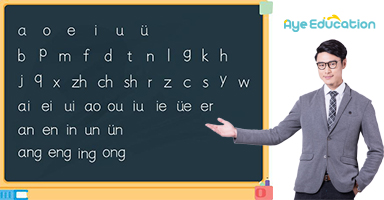
Students learn to correctly pronounce Chinese pinyin-the standard romanization system for Chinese characters, including the four tones, and practice speaking Chinese words and simple phrases.
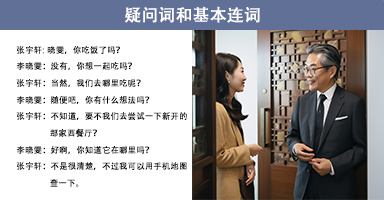
Students learn basic Chinese sentence structures and grammar rules, such as subject-verb-object order, negation, question words, and basic conjunctions.
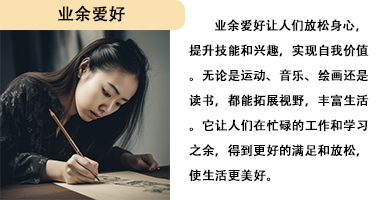
Students learn to read simple Chinese sentences and short passages to improve reading comprehension and expand vocabulary.
By the end of Beginning Chinese 1 students will be able to
Master about 500 basic Chinese words and phrases, including common nouns, verbs, adjectives, and adverbs.
Master basic grammar structures, such as sentence order, verb placement, and the use of measure words.
Understand and respond to simple spoken Chinese, such as greetings, basic questions, and simple commands.
Read and understand simple written Chinese, such as basic signs, menus, and short sentences.
Write basic Chinese characters and simple sentences about familiar topics, such as introducing themselves or writing basic messages.
Engage in basic conversations about familiar topics, such as introducing themselves, asking for directions, or ordering food at a restaurant.
Beginning Chinese 2

Students learn to improve listening comprehension skills by listening to longer dialogues and answering more complex questions about the content.

Students learn to read longer Chinese passages and practice comprehension skills by answering questions about the content.
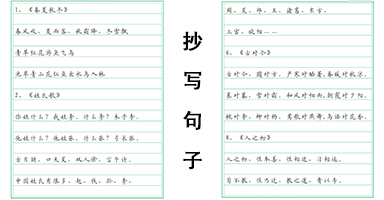
Students learn to write more complex Chinese characters and sentences to improve writing skills.
By the end of Beginning Chinese 2 students will be able to
Expand their Chinese vocabulary to include about 1272 words and phrases.
Use basic Chinese grammar structures, measure words, as well as more complex structures.
Understand longer and more complex spoken Chinese, such as conversations about daily activities.
Read and understand longer passages of written Chinese, such as short stories or newspaper articles.
Write basic sentences and short paragraphs about familiar topics, such as describing their daily routine.
Engage in simple conversations about familiar topics, such as introducing themselves, ordering food at a restaurant.
Beginning Chinese 3

Students learn to improve listening comprehension skills by listening to longer, more complex dialogues and answering questions about the content.

Students learn to read longer and more complex Chinese passages and practice comprehension skills by answering questions about the content.

Students practice writing longer and more complex Chinese sentences and paragraphs to improve writing skills.
By the end of Beginning Chinese 3 students will be able to
Understand basic Chinese conversations on familiar topics such as shopping, traveling, and ordering food.
Express themselves in basic Chinese using simple sentence structures and commonly used vocabulary.
Understand longer and more complex spoken Chinese,and be able to identify the main idea and extract relevant information.
Read and comprehend simple Chinese texts on familiar topics such as weather, transportation, and personal experiences.
Possessing a vocabulary of around 2,245 commonly used words and related grammatical structures.
Writing simple sentences and short paragraphs in Chinese, such as describing daily routines.
Intermediate Chinese 1
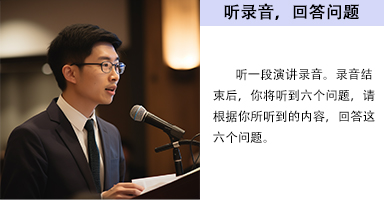
Students learn to improve listening comprehension skills by listening to longer, more complex dialogues and speeches, and answering questions about the content.

Students learn to read longer and more complex Chinese texts, including articles, essays, and literature, and practice comprehension skills by answering questions about the content.

Students practice writing longer and more complex Chinese essays and compositions to improve writing skills.
By the end of Intermediate Chinese 1 students will be able to
Possessing a vocabulary of around 3,245 commonly used words and related grammatical structures.
Understanding and using more complex Chinese grammar, including sentence patterns and idiomatic expressions.
Communicating effectively in Chinese, such as expressing opinions, and participating in casual conversations.
Reading and understanding texts written in Chinese, such as news articles and essays, with a basic level of comprehension.
Writing short essays and reports in Chinese, expressing ideas and opinions with basic coherence and structure.
Understanding spoken Chinese in a variety of contexts, such as social and academic settings.
Intermediate Chinese 2

Students learn to Engage in advanced conversations with native speakers or language exchange partners to improve communication skills and fluency.

Students learn to read longer and more complex Chinese texts, including articles, essays, and literature, and practice comprehension skills by answering questions about the content.

Deepen understanding of Chinese culture, customs, and traditions, and how they relate to language use and communication, including regional and dialectical differences.
By the end of Intermediate Chinese 2 students will be able to
Possessing a vocabulary of around 4,316 commonly used words and related grammatical structures.
Understanding and using more complex Chinese grammar, including sentence patterns, and literary devices.
Communicating effectively in Chinese, expressing ideas and opinions in a clear, organized, and coherent manner.
Reading and understanding texts written in Chinese, such as news articles and essays, with a high level of comprehension.
Writing essays, reports, and other types of texts in Chinese, demonstrating a high level of proficiency in organization, structure, and coherence.
Understanding spoken Chinese in a variety of contexts, such as being able to follow and participate in complex conversations and presentations.
Advanced Chinese 1
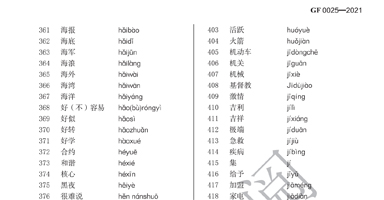
Expand vocabulary to around 5,456 commonly used Chinese words, including specialized vocabulary related to fields such as medicine, law, and engineering.

Students learn to write longer and more complex Chinese essays, research papers, and literary works to improve writing skills.

Deepen understanding of Chinese culture, customs, and traditions, and how they relate to language use and communication, including regional and dialectical differences and historical context.
By the end of Advanced Chinese 1 students will be able to
Possessing a vocabulary of around 5,456 commonly used words and related grammatical structures.
Understanding and using more complex Chinese grammar, including sentence patterns, and literary devices and rhetorical strategies.
Communicating fluently and effectively in Chinese, expressing complex ideas and opinions with a high level of accuracy, nuance, and cultural sensitivity.
Reading and understanding texts written in Chinese, such as news articles and and literary works, with a high level of comprehension and critical analysis.
Writing essays, reports, and other types of texts in Chinese, demonstrating a high level of proficiency in organization, structure, and coherence.
Understanding spoken Chinese in a variety of contexts, such as being able to follow and presentations with a high level of fluency and cultural awareness.
Advanced Chinese 2

Students learn how to understand general lectures and social news at a normal or fast pace (around 800 words) and how to grasp the main facts and viewpoints relatively accurately without being significantly affected by environmental factors.

Students learn how to use complex sentence structures flexibly to express personal opinions, conduct discussions or debates with enriched content, fluent expression, coherent syntax, and strong logic. They can adjust their language expressions appropriately according to different communicative situations.
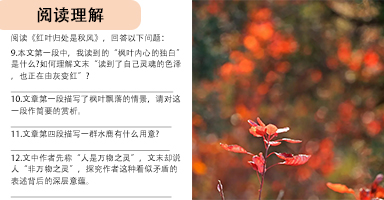
Students learn how to understand and master the thinking and expression habits of the Chinese language, accurately grasp the structural relationships of discourse, analyze, judge, and logically reason the content of discourse, and understand the cultural content involved.
By the end of Advanced Chinese 1 students will be able to
Use complex sentence structures flexibly to express personal opinions, conduct discussions or debates with enriched content, fluent expression, coherent syntax, and strong logic.
Write certain length of practical, explanatory, argumentative and professional papers with clear points of view, basic clear organization, and correct use of various rhetorical methods.
Understand general lectures and social news of about 800 words, grasp the main facts and viewpoints accurately, understand the logical structure.
Understand and master the thinking and expression habits of Chinese language, accurately grasp the structural relationship of the discourse.
Proficiency Chinese 1

Students learn to comprehend professional lectures and specialized news with a normal or fast pace (around 800 words). They learn how to summarize key points, accurately grasp details, understand logical structures, and comprehend the social and cultural connotations involved.
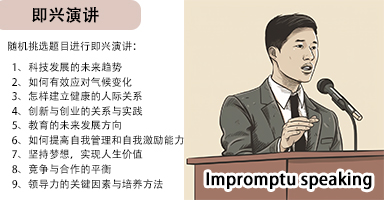
Students learn to improve their discourse expression abilities and the ability to flexibly use language. They practice giving speeches, impromptu speaking or debating, and practice expressing their own opinions and thoughts thoroughly and appropriately.

Students learn to master the thinking and expression habits of the Chinese language, proficiently master various reading skills, accurately understand the ideas and social and cultural connotations of articles, and learn to discover language problems and logical defects in articles.
By the end of Proficiency Chinese 1 students will be able to
Summarize key points, accurately grasp details, and understand logical structures. They are able to comprehend the social and cultural connotations involved fairly well.
Have good discourse expression abilities and the ability to flexibly use language. They are able to give speeches, impromptu speeches or debates.
Have a basic mastery of the thinking and expression habits of the Chinese language, accurately understand the ideas and social and cultural connotations of articles.
Write long pieces of applied writing, expository writing, argumentative writing, and so on, using a rich variety of idioms, expressions, and rhetorical methods correctly.
Proficiency Chinese 2

Students learn to analyze and deduce the necessary information and accurately understand the social and cultural connotations involved.
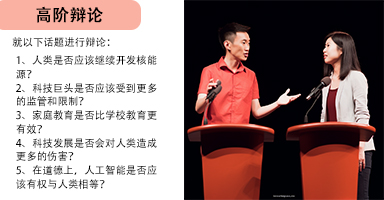
Students learn to express ideas and insights with completeness, accuracy, fluency, and logical rigor. Develop the ability to use rhetoric flexibly to enhance oral communication and demonstrate strong cross-cultural communicative competence.

Students learn to master Chinese thinking and expression habits, comprehensively using various reading skills, and deeply understanding the ideas and social and cultural connotations expressed in articles.
By the end of Proficiency Chinese 2 students will be able to
Analyzing and inferring necessary information in listening, and accurately understanding the social and cultural connotations involved.
Improved oral communication and cross-cultural communication proficiency through flexible use of rhetorical techniques.
Master Chinese thinking and expression habits, apply various reading skills, and understand articles' ideas and social/cultural connotations.
Complete varied writing tasks, including academic papers, using complex sentence structures and rhetorical techniques to express ideas effectively and eloquently.